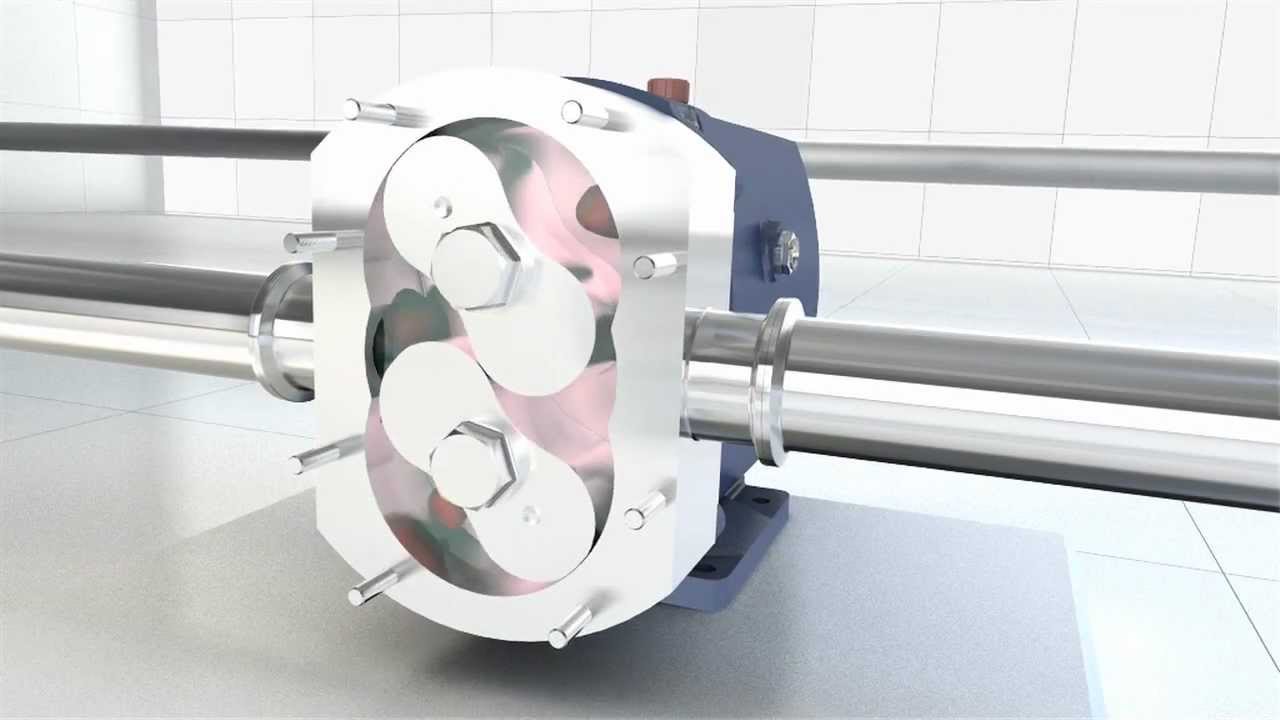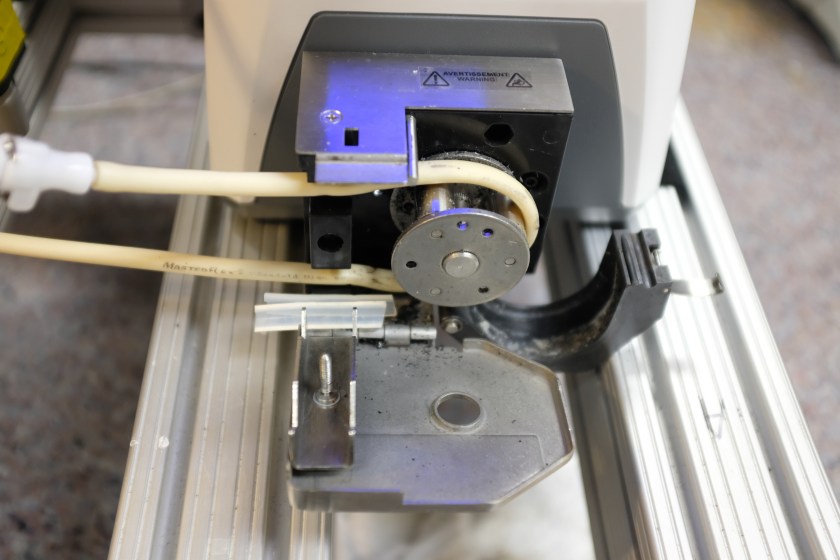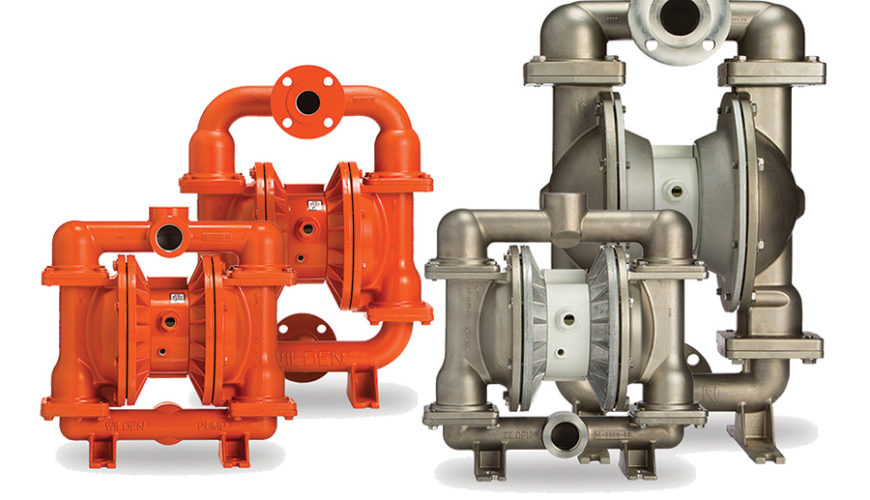Not so many people have a clue what a dosing pump is. This is a small pump which injects chemicals and other substances into the flow of water, gas, or steam. Another name for the pump is a positive displacement pump. The pump is small to ensure there’s precise flow rate The pump is used in many areas but the most common is drawing substances into the chamber and then injecting it to a pipe or tank being closed. You will find a dosing pump used often in agriculture, medicine, and manufacturing industries. Perhaps the million-dollar question you are asking yourself is, which dosing pump do you need?
Types of Dosing Pump
Dosing pumps have a lot of applications and they come in different variations. Let’s look at the type of dosing pump. That way, you will know which type of pump is excellent for your business. Bear in mind that the one thing common in all these pumps is that they draw chemicals and inject into a pipe or vessel.

- Diaphragm Pumps: This type of dosing pump uses a diaphragm mechanism to draw and ingest chemicals. Diaphragm pumps exist in two variations-a constant injection type pump and a pulse injection type pump. A diaphragm injection pump will have valves and pistons outlet and inlet while the diaphragm pulse injection type pump will have solenoid coil fitting that injects chemicals. The good news is these pumps are cheap and anyone can afford them.
- Lobe Pumps: These pumps have meshing gear impellers. Their main role is to send a prefixed amount of chemicals and other substances through the impellers. They are the best pumps for fluids with high viscosities because they have a high flow rate.
- Peristaltic Pumps: These are the most common pumps you will find on the market because of their accurate dosing. They have flexible bent tubes which makes it easier for fluids to pass. What’s more, they do have a roller which controls the flow of chemicals and other substances.
How They Work
The main purpose of a dosing pump is to draw liquid into its chamber and inject into a tank or pipe that contains the fluid. A dosing pump uses an electric motor or air actuator and has a controller which turns it on or off to control the flow of the liquids. Some dosing pumps on the market will have sophisticated control systems. Let’s look at the different parts of the dosing pump and their role:

The Chemical Tank: The purpose of this tank is to hold the material that’s being dosed.
The Dosing Pump: It has a dosing line, suction line, and an inlet. It varies in sizes and is made of different materials. You can find stainless steel, rubber, or plastic dosing pumps.
Injector: It is a non-return value that injects chemicals. Most importantly, it overcomes the pressure to ensure an easier and quicker mixing of chemicals.
Foot valve: It is a one-way valve attached to the suction line. The valve has a switch which raises an alarm when the product dries up.
Control System: The main role for this control system is to ensure the pumps are functioning well. They automate the pumps so that they can work.




